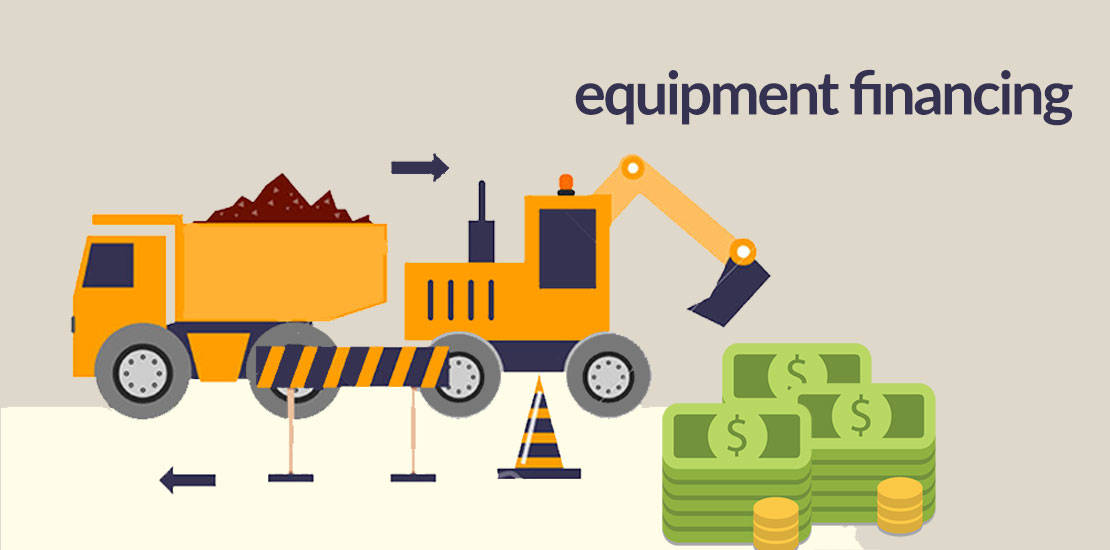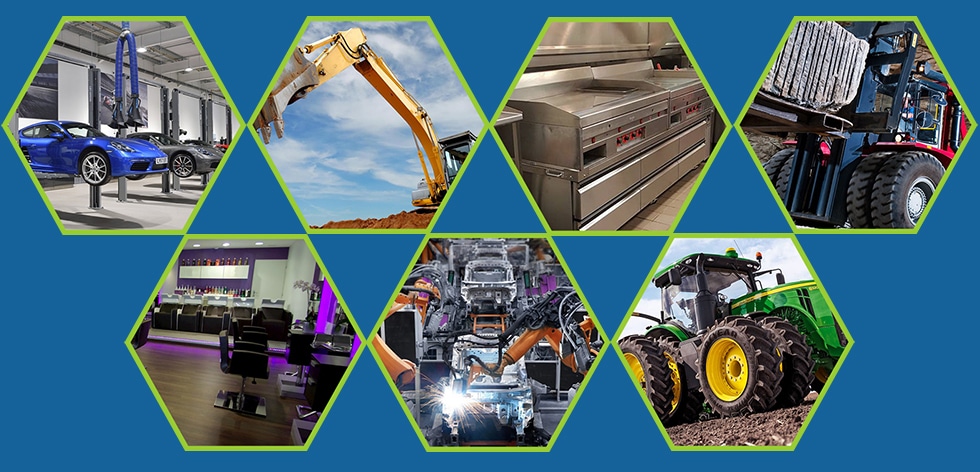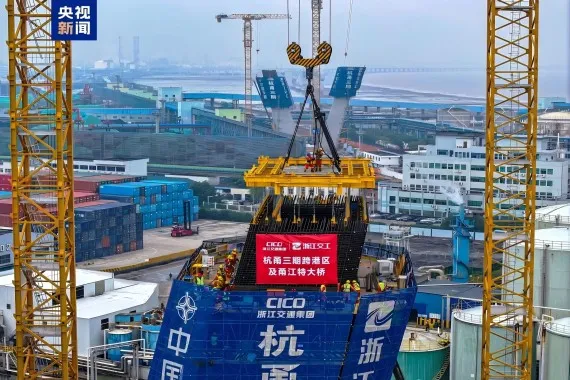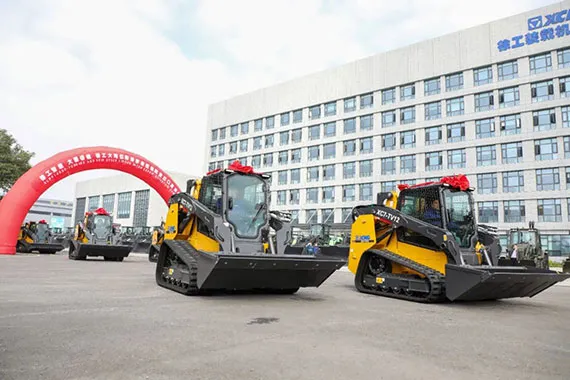Top Tips for Heavy Equipment Financings with Rising Interest Rates
Construction equipment buyers are facing
significant headwinds as they adjust to inflation, rising interest rates, and
long lead times for construction equipment. “Buyers should expect interest
rates to continue to rise,” says Peter Gregory, Senior Vice President for Wells
Fargo. Contractors need to be prepared to pay higher interest rates than what
they were quoted when the machine was ordered.
After a long period of low-interest rates,
the current situation is creating some sticker shock for buyers. “I think everyone
got used to low-interest rates,” says Harold Ray, Director of the Industrial
Finance division at CIT Business Capital, a division of First Citizens Bank.
“But when you look at rates over the past 28 years, today’s rates are still
relatively low.”
That doesn’t change the fact that higher
interest rates negatively impact buyers. “Higher interest rates can impact a
customer’s ability to service their debt and increase their payments, which
would have an impact on their cash flows,” says Joseph Barrett, Director at
John Deere Finance.
Here are some tips from the equipment financing experts to help you manage the current environment.

1.
Lock in your rate
Because interest rates are a key component
of your equipment costs, it makes sense to shop for competitive rates among
reputable lenders, whether you do it yourself or rely on your dealers.
Short-term rate locks can protect qualified buyers from interest rate
increases, but with rates changing so rapidly, most lenders aren’t inclined to
give more than a 30-day rate lock. “In some cases, we have to reapprove a
customer’s credit to ensure their rates are as predictable and flat as
possible,” says Ray. “The situation has created a greater intimacy between
dealers and customers and has led to more discussion on how to finance
machines.”
In addition to interest rate, other
considerations that impact the total cost of ownership are the down payment and
length of the loan or term.
2. Consider a lease
Several lenders believe that in today’s
market, leasing can be a good option. “High-interest rates, coupled with
increased prices of equipment make leasing an attractive option to acquire
equipment for many customers,” says Cook.
“Our leasing product allows for lower
payments so customers can maximize their return on investment,” says Ray. “Our
leases are very straightforward with clear expectations. Leasing allows us to
take the burden of selling the equipment away from the customer at the end of
the lease.”
According to Cook, “while leasing equipment
offers many benefits, it doesn’t come with the same flexibility as a
traditional loan.”
“To determine the appropriate lease terms a
customer should consider the jobs to be completed, anticipated hours, the
importance of warranty and latest technology, the payment desired, and their
intention to return or purchase the equipment at lease maturity,” says Barrett.
Your financial representative or dealer can
help you determine if leasing is right for you.

3. Find a trusted partner
With rising interest rates buyers may want
to investigate all options when choosing a financial partner. Conventional banks are one option, but
because they are not as familiar with equipment financing, you may find that
they are not as competitive as other lending sources.
Captive finance companies such as John
Deere Financial and Cat Financial offer loans and leases customized to the
needs of their customers. “We understand their business, their equipment, and
the industries they work in,” says Cook. “Because we understand these things,
we can offer flexible options like seasonal payment schedules for customers
that might not work in the winter and aren’t generating revenue during that
time.”
“As a captive lender, we’ve been here to
make equipment financing easy and affordable in both good times and challenging
times, “says Barrett. “And we’ll be here for customers in the generations
ahead.”
Equipment financing companies can lend or
lease all brands of construction equipment. They can also set up companies with
a pre-approved line of credit to cover 12 months of capital equipment
expenditures. You may hear about their plans through your dealer or you can
reach out directly.
CIT Equipment Finance is a brand with a
100-year history, and they’ve been back in the heavy equipment financing
business since 2018.
“The CIT sales professionals understand the
nuances of each dealership and what they are looking for,” says Ray. “We build
relationships and solve problems, and we’re pleased to make our customers feel
like they are a big fish in a small pond.”
Wells Fargo works closely with dealers to
provide inventory and rental fleet financing in addition to retail financing.
They also work with manufacturers to provide subsidized financing. “We’re
construction industry specialists,” says Gregory. “Some other banks are
generalists. We have one focus.”
Online lenders can be another option for
buyers, but they typically don’t offer an opportunity for interactions via
phone or in person.
“Go with a reputable company,” says
Ray. “Make sure you understand the loan
or lease and don’t be afraid to ask questions.”
“Just because a financial institution
advertises fast financing at lower rates, doesn’t mean it’s the right fit for
you and your business,” says Cook. “It’s important to do your research and
evaluate your options.”
“Borrowers should be aware of the terms and
conditions of their agreements – items like how interest is calculated, what
fees they may be required to pay, what happens if they can’t pay on time or
need to end the loan or lease early,” says Barrett.

4. Examine all your equipment acquisition
options
There are several factors to consider when
deciding whether to rent, lease, own, or rent-to-own equipment if available:
the work that needs to be completed, the length of time you need the machine,
budget, and financial reporting.
Rental offers the greatest flexibility, but
it typically comes with a higher rate. Ownership can lower taxes through
depreciation expenses and deductible interest. Leasing can help lower payments.
It’s important to question financial experts to determine the right path
forward for your business.



















